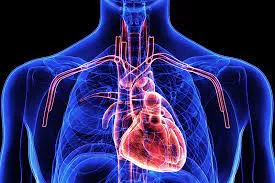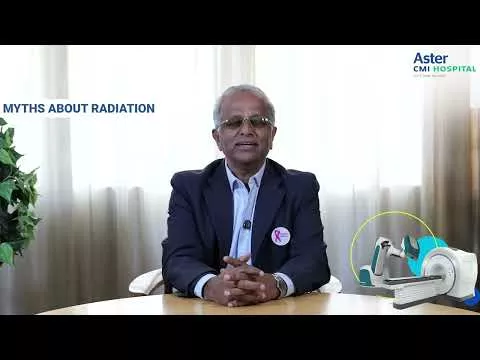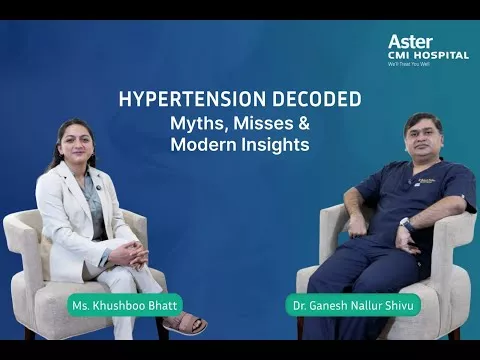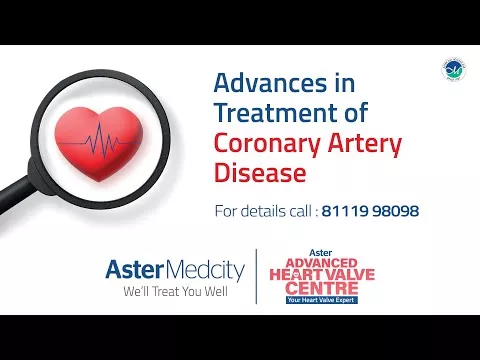The human heart, an organ that tirelessly pumps blood to sustain our bodies, relies on the efficient functioning of its valves. These one way valves control the flow of blood ensuring it moves in the right direction when open and preventing backflow when closed. However, certain medical conditions can lead to valve damage or malfunction, compromising the heart's ability to function optimally. Fortunately, medical science has made significant progress in the field of heart valve replacement, offering hope and restored vitality to patients in need. Consulting a cardiologist in Kochi Kerala can help identify such conditions early and recommend appropriate interventions. In this blog post, we will explore the advancements in heart valve replacement, the various types of replacement valves, the procedure itself, and the benefits it brings to those who undergo it.
Types of Heart Valve Replacement
There are two primary types of heart valve replacements: mechanical valves and biological valves.
- Mechanical Valves: Mechanical valves are typically made from durable materials such as carbon or titanium, and they are designed to last a lifetime. These valves are highly resilient and can withstand the rigors of the cardiovascular system. But they necessitate that patients take blood-thinning medications, such as warfarin, to prevent blood clots from forming around the valve. Regular monitoring and dosage adjustments are necessary to maintain the desired therapeutic range.
- Biological Valves: Biological valves, also known as tissue valves, are derived from animal or human donors. They are further classified into two categories: xenografts and homografts. Xenografts are valves taken from animals, typically pigs or cows, while homografts are valves harvested from human donors. These valves do not require long-term anticoagulation therapy, but they may need replacement after 10-15 years due to wear and tear.
Procedure and Recovery
Heart valve replacement is a surgical procedure that involves removing the damaged valve and swapping it out for a biological or artificial valve. General anesthesia is utilized during the surgical procedure, and the surgeon gains access to the heart through an incision in the chest. Depending on the complexity of the case, the procedure can be performed using traditional open-heart surgery or minimally invasive methods, such surgery with robotic assistance.
After the surgery, patients are closely monitored in the intensive care unit (ICU) to ensure a smooth recovery. The hospital stay typically lasts for about a week, during which patients undergo physical therapy and receive education on post-operative care. Cardiac rehabilitation programs are often recommended to aid in the recovery process and help patients regain their strength and endurance. Choosing a reputed cardiology hospital in Kochi Kerala ensures access to experienced specialists and comprehensive post-operative care.
Advancements and Benefits
Over the years, advancements in heart valve replacement techniques have significantly improved results and quality of life for patients. Here are a few noteworthy developments:
- Transcatheter Aortic Valve Replacement (TAVR): TAVR is a minimally invasive procedure that allows for aortic valve replacement without open-heart surgery. Instead, a catheter is used to guide the replacement valve to the site of the damaged valve. TAVR was primarily used for patients with aortic valve stenosis who are at high risk for traditional open-heart surgery. Currently TAVR is the choice for people above the age of 80. Both surgical aortic valve replacement and TAVR are equally good choices for patients between 65 and 80. TAVR offers shorter recovery times, reduced complications, and excellent results.
- Bioprosthetic Valve Innovations: Advances in tissue engineering have led to the development of new bioprosthetic valves that exhibit enhanced durability and longevity. These valves are designed to mimic the natural structure and function of human valves, allowing for improved blood flow and reducing the risk of degeneration and calcification.
- Minimally Invasive Techniques: Minimally invasive approaches, such as robotic-assisted surgery and thoracoscopic procedures, have gained popularity in recent years. These techniques offer smaller incisions, reduced pain, shorter hospital stays, and faster recoveries compared to traditional open-heart surgery.
The benefits of heart valve replacement are numerous and life changing. By restoring proper valve function, patients experience improved cardiovascular health, increased energy levels, reduced symptoms (such as shortness of breath and fatigue), and an overall enhancement in their quality of life.









